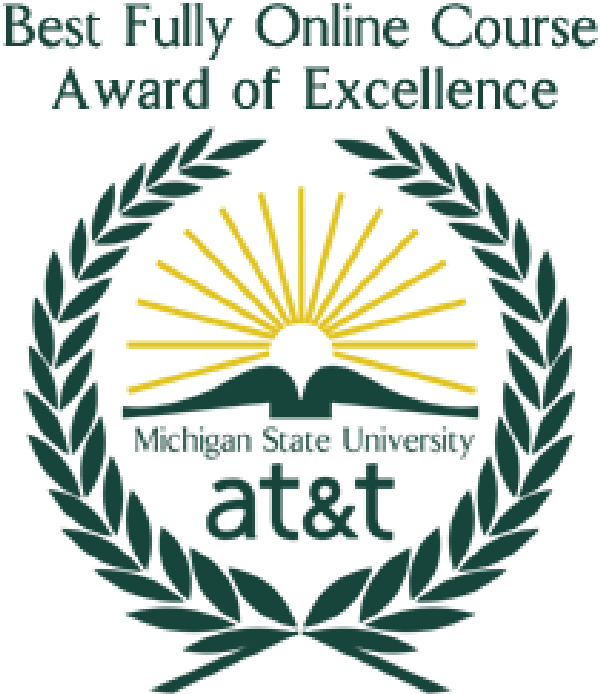CEP 817: Learning Technology by Design:
- Design both in terms of process and products
- Design in our lives and the world around us
- Design as a framework for helping us to work through issues, problems, and solutions with respect to education
We’re all faced with challenges, issues and complex problems. It can be difficult to decide what to tackle first, especially in the areas of teaching, learning, and systems of education in general -- where the challenges can be complicated and difficult. This is where design thinking comes in.
Design thinking encourages creative approaches to problem solving through human-centered design; it’s an approach that has been used in a variety of fields from engineering, to business management, to social entrepreneurship, to education. In 817, we explore design thinking as it has been described in the Stanford d.school's well-established model. We also examine criticisms of the way design thinking has been implemented; for instance, when design thinking has been misapplied as a linear, quick process fix -- an approach that robs design thinking of the messiness, iteration, and very human challenges that are inherent in creative processes.
Drawing from their own professional experiences, learners in CEP 817 apply design thinking to a problem of practice of their choosing. The course guides learners through each phase of design thinking: Empathize, Define, Ideate, Prototype, and Test.
In each unit, learners:
- Explore readings and media to engage with the major ideas in the course
- Create artifacts that synthesize and represent the concepts and strategies learners have explored
- Share what they have explored and created using social media and web-based platforms to communicate and contribute to their growing Professional Learning Network
The final project is a design report, in which learners reflect on what they designed and the rationale for why they made the design decisions that they made. Learners describe how each stage of the design process informed their work, including sketches, video, images, and anything else they used in the design process. This becomes a compelling synthesis of the design process they experienced throughout the entire course.
CEP817 is offered fully online in D2L, and leverages video, blogging, social media, and other asynchronous technologies for sharing, reflection, and discussion.
Technology Used
- D2L
- Flipgrid
- blogging
- Google Docs
- Padlet
Team Members
- Liz Owens Boltz
- Bret Staudt-Willet
- William Bork
- Carmen Richardson
- Candace Robertson

